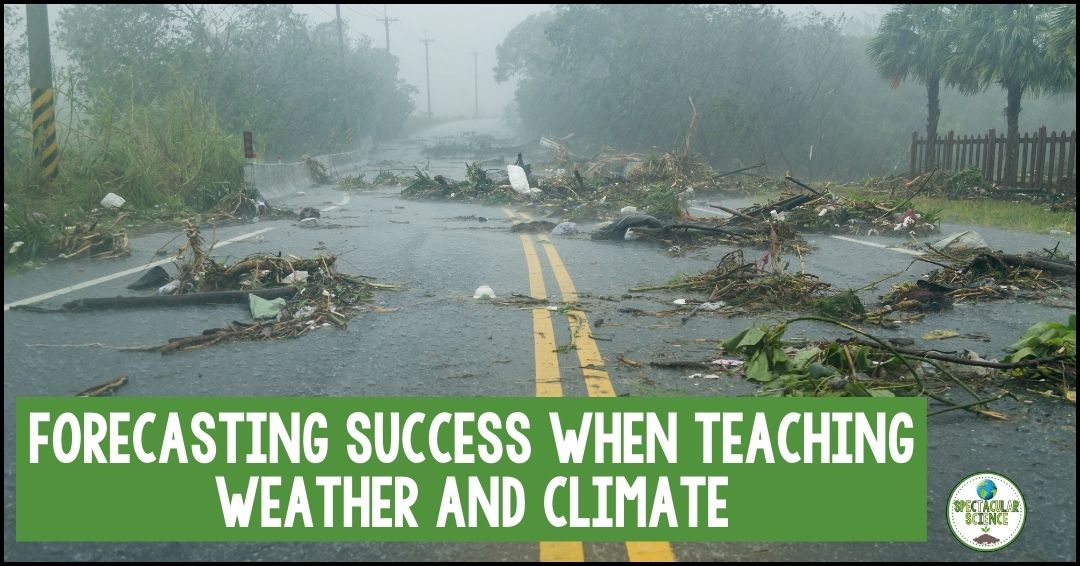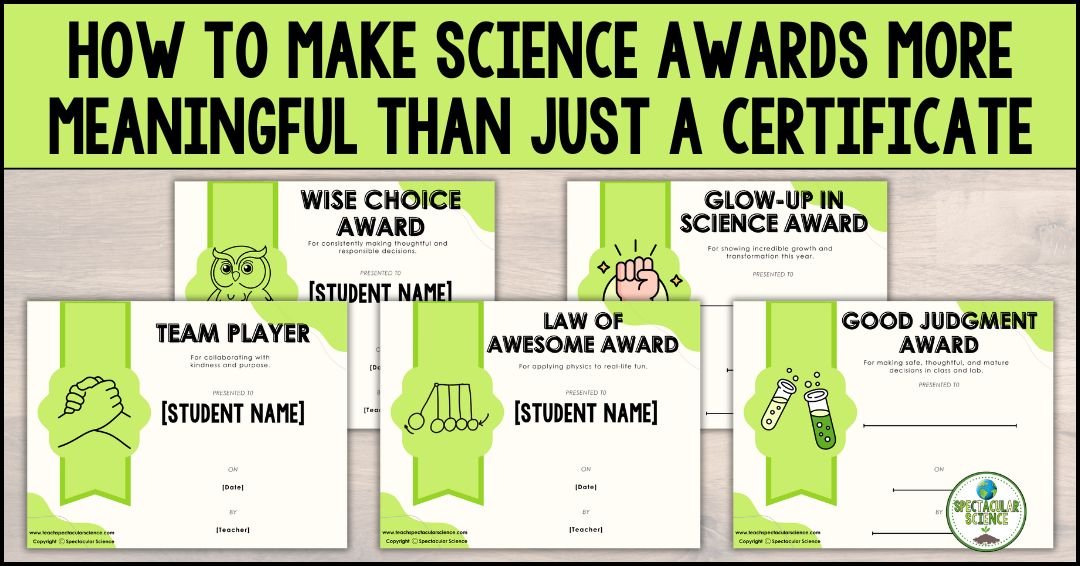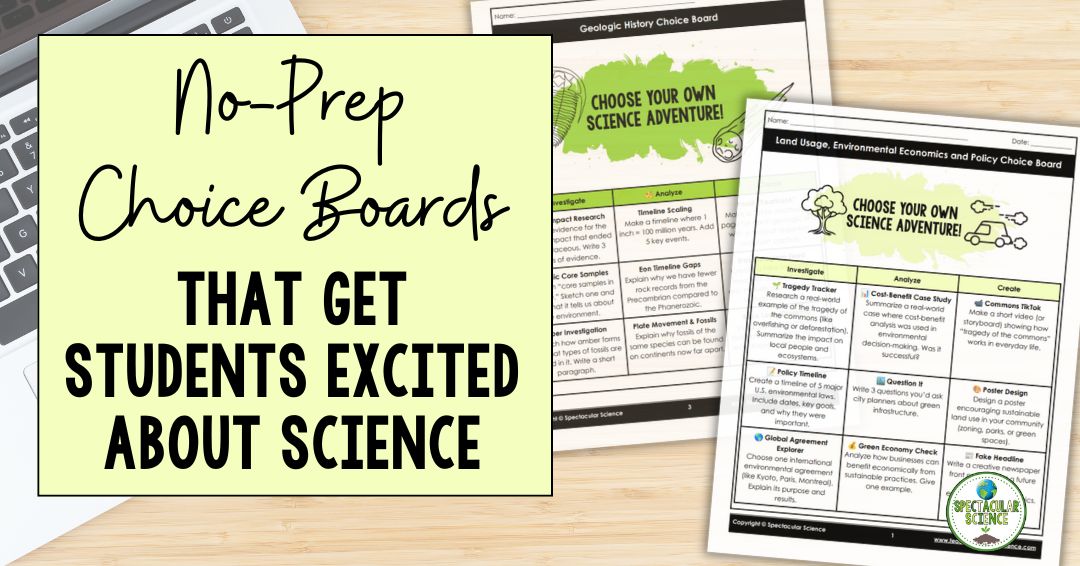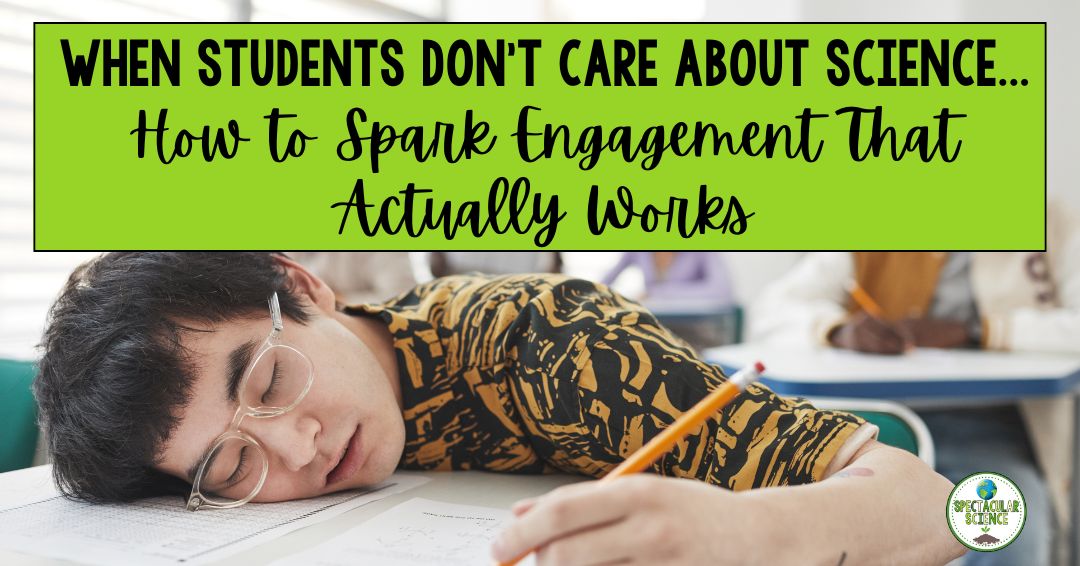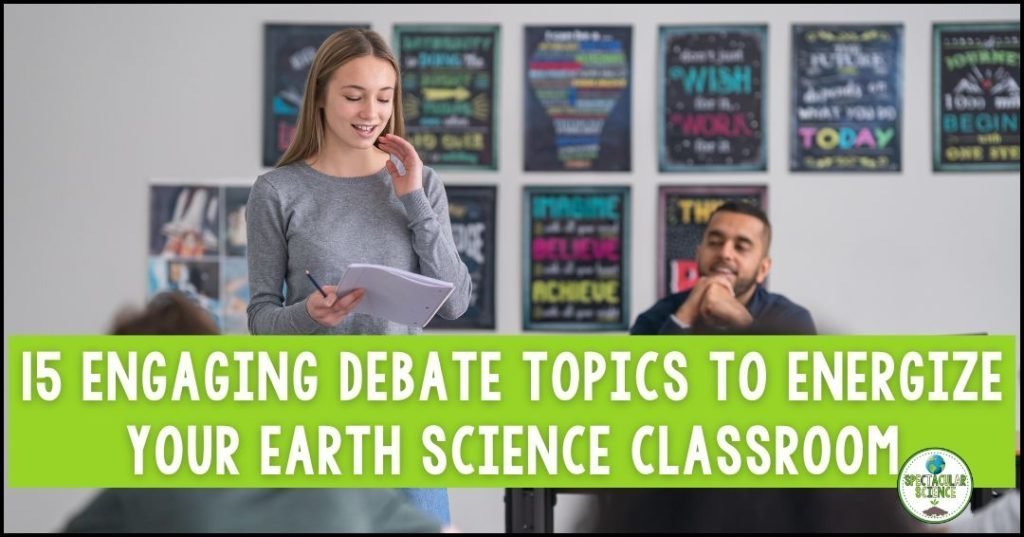
In an election year, debate skills are all over the news. But even if your students aren’t aiming for the presidency, mastering debate skills is still crucial. These skills aren’t just about winning arguments—they’re about developing critical thinking, research prowess, and top-notch public speaking abilities.
When students dive into debates and prep for them, they boost their critical thinking, polish their research and presentation skills, tackle real-world issues, and build confidence, especially when speaking in front of others.
Bringing debates into your Earth Science class is a fantastic way to level up these skills and make learning more engaging.
Choosing Debate Topics for Earth Science Class
There are tons of debate topics out there, but finding the perfect ones for Earth Science requires a bit of finesse. Here’s what to consider when picking debate topics:
- relevance to Earth Science curriculum standards
- potential for sparking student interest and discussion
- balance between scientific complexity and accessibility for students
- potential for diverse perspectives and argumentation
15 Debate Topics for Earth Science
With that in mind, here are 15 debate topics that you can use in science class along with a bit of “cheat sheet” to help support students as they develop their arguments and research to find support.
- Climate Change: Human vs. Natural Causes
- For: Human activities such as burning fossil fuels and deforestation release greenhouse gases, amplifying the greenhouse effect.
- Against: Natural factors like solar radiation and volcanic activity have historically influenced climate change, and current warming trends may be part of natural climate cycles.
- Grab this comprehensive 3-week long Climate Change unit featuring lessons that focus on essential questions such as what factors determine Earth’s climate, what are the effects of climate change, and how can we respond to climate change?
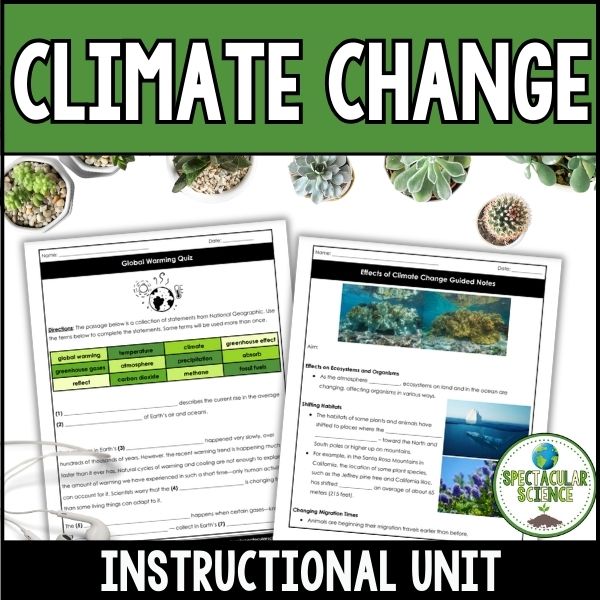
- Ocean Acidification: Causes and Consequences
- For: Increased carbon dioxide emissions lead to ocean acidification, harming marine life such as coral reefs and shellfish.
- Against: Ocean acidification is a natural process, and its current rate may not pose a significant threat to marine ecosystems.
- Renewable Energy vs. Fossil Fuels
- For: Renewable energy sources like solar and wind power are sustainable and reduce greenhouse gas emissions.
- Against: Fossil fuels remain reliable and cost-effective energy sources, supporting economic growth and infrastructure development.
- Help students prepare for their debate with this meticulously designed Sources and Uses of Energy Unit that spans three weeks and requires minimal preparation. Students can dive into the intricacies of both nonrenewable and renewable energy sources, gaining a comprehensive understanding of the diverse forces driving our energy landscape.
- Read more about teaching sustainability with this post and this follow-up with even more ideas!

- The Role of Volcanoes in Climate Change
- For: Volcanic eruptions release large amounts of greenhouse gases and aerosols, contributing to short-term climate cooling.
- Against: While volcanic activity can temporarily affect climate, its long-term impact is minimal compared to human-induced greenhouse gas emissions.
- Allow students to explore the necessary background knowledge for this debate topic with this resource all about volcanoes.
- Fracking: Economic Benefits vs. Environmental Risks
- For: Hydraulic fracturing increases domestic energy production, reduces dependency on foreign oil, and creates jobs.
- Against: Fracking poses risks to water quality, air pollution, and seismic activity, threatening human health and environmental integrity.
- Water Scarcity: Global Crisis or Mismanagement Issue?
- For: Increasing population, climate change, and unsustainable water use contribute to water scarcity, necessitating global action.
- Against: Water scarcity is often a result of inefficient water management practices rather than a true shortage of water resources.
- The Impact of Plastic Pollution on Marine Ecosystems
- For: Plastic pollution harms marine life through ingestion, entanglement, and habitat destruction, threatening biodiversity and ecosystem health.
- Against: Plastic pollution is a complex issue with multifaceted solutions, and its impact on marine ecosystems may be overstated in some cases.
- The Existence of Extraterrestrial Life: Probability vs. Evidence
- For: The vastness of the universe and the discovery of exoplanets suggest that life may exist elsewhere, potentially in microbial or intelligent forms.
- Against: Lack of empirical evidence and the extreme conditions of space make the existence of extraterrestrial life improbable.
- Natural Disasters: Preparation vs. Response
- For: Preparedness measures such as early warning systems, infrastructure resilience, and community education can mitigate the impacts of natural disasters.
- Against: Response efforts are often reactive and costly, and resources should be allocated towards prevention and preparedness instead.
- We’ve been seeing an increase in severe weather events across the country and around the world. With this resource students can examine different phenomenon by understanding how scientists categorize dangerous weather.
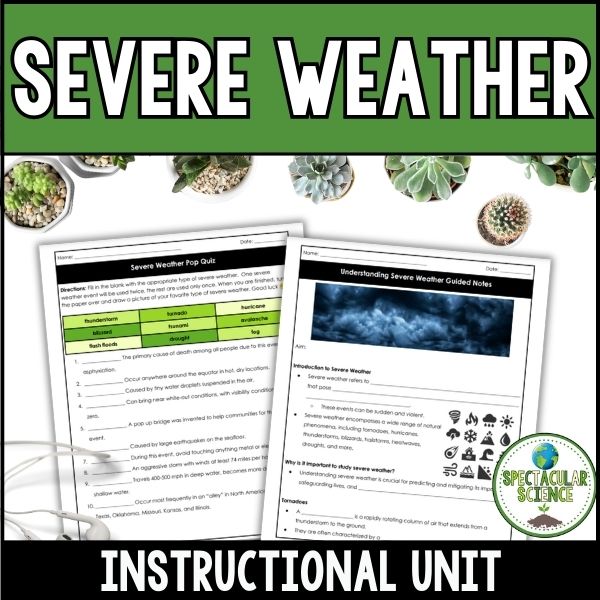
- Soil Erosion: Agricultural Practices and Environmental Impact
- For: Unsustainable agricultural practices such as monoculture and overgrazing accelerate soil erosion, leading to loss of arable land and degradation of ecosystems.
- Against: Soil erosion is a natural process, and modern agricultural techniques can mitigate its effects through soil conservation and sustainable farming practices.
- Colonizing Mars: Scientific Progress or Ethical Concern?
- For: Colonizing Mars can advance scientific knowledge, provide a backup for humanity, and inspire innovation and exploration.
- Against: Mars colonization raises ethical questions regarding the preservation of Martian environment, the rights of potential indigenous life forms, and the allocation of resources amidst pressing issues on Earth.
- While students won’t be going to Mars anytime soon, let them take a virtual field trip through the solar system with this resource.
- For more on virtual field trips check out this blog post.
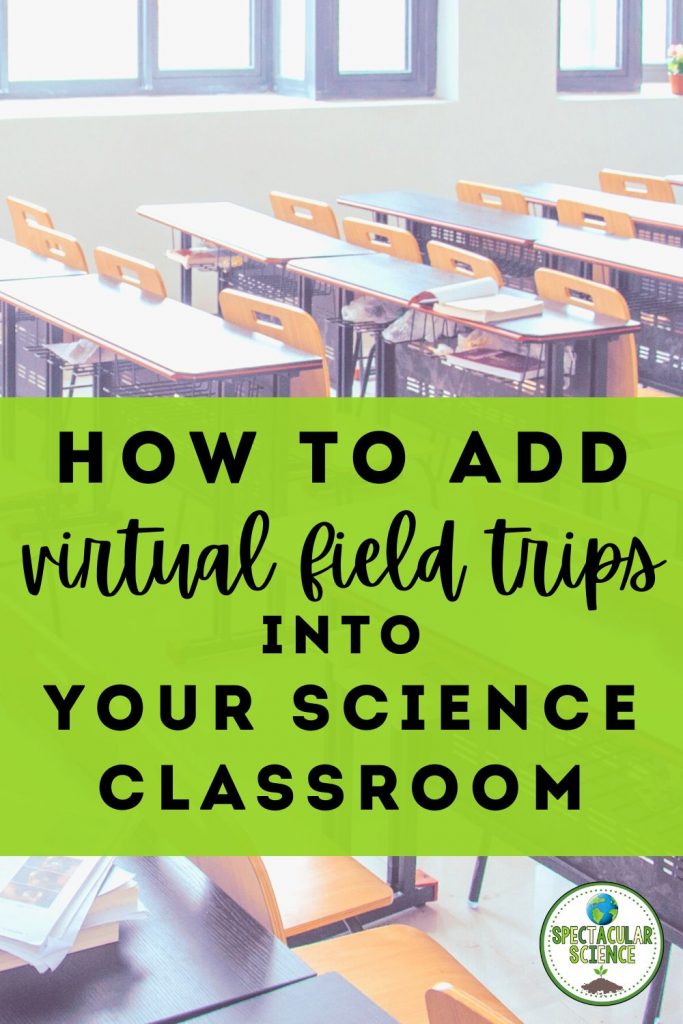
- Geothermal Energy: Untapped Potential or Limited Resource?
- For: Geothermal energy is a clean, renewable resource with vast untapped potential, offering a reliable and sustainable alternative to fossil fuels.
- Against: Geothermal energy extraction may cause land subsidence, induce seismic activity, and deplete underground reservoirs, limiting its scalability and sustainability.
- Impacts of Urbanization on Natural Habitats
- For: Urbanization leads to habitat fragmentation, loss of biodiversity, and increased pollution, threatening ecosystems and wildlife populations.
- Against: Urbanization can also create green spaces, promote environmental awareness, and support conservation efforts through urban planning and sustainable development.
- The activities in this 3-week long unit is perfect for Earth Science and Environmental Science. It will enrich your curriculum by providing a comprehensive, interactive, and thought-provoking exploration of land use, urbanization, and sustainability.
- The Future of Space Exploration: Environmental Concerns and Opportunities
- For: Space exploration can provide insights into Earth’s climate, resources, and environmental changes, fostering global cooperation and sustainable technologies.
- Against: Space exploration consumes significant resources and may exacerbate environmental issues on Earth, diverting attention and funding from pressing environmental concerns.
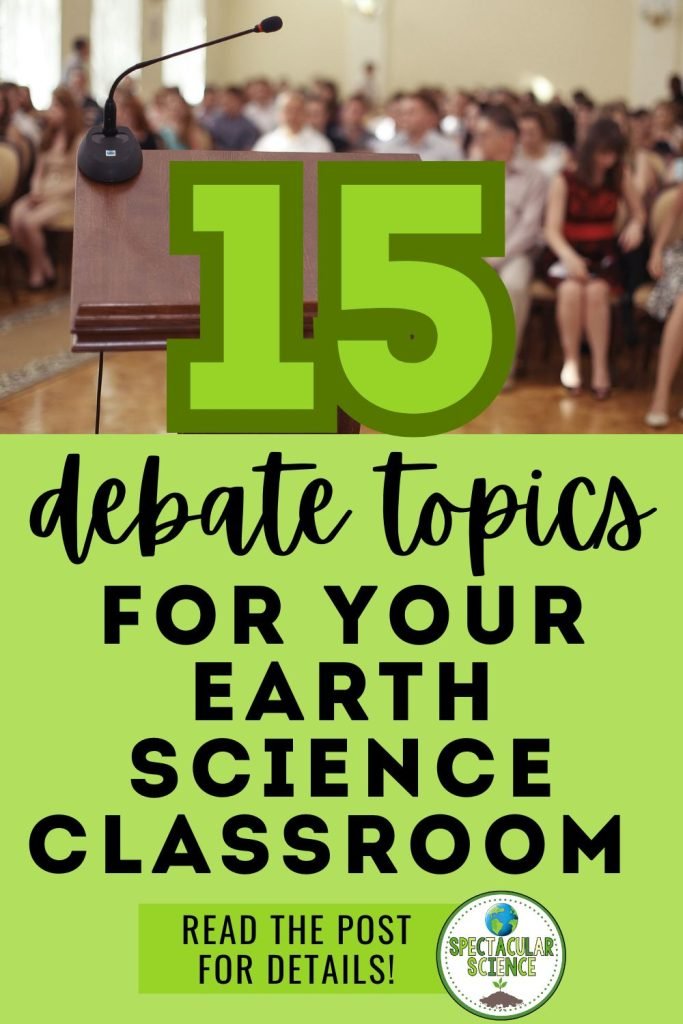
Structure of a Debate
With any of these topics, your students are in for engaging, lively debates that not only sharpen their skills but also shed light on bigger issues beyond the science classroom.
Once students have their topics, conduct research, and gather their facts, it’ll be time for the formal debate.
Here’s a basic outline of structuring a debate in your science classroom:
- Opening Statement – Pro/For – Give students 3-5 minutes to lay down their strongest arguments and showcase their main points. This is their time to shine and make a powerful first impression.
- Rebuttal – The opposing side gets 2-3 minutes to counter the opening statement, challenging the pro arguments with their own perspective and aiming to shake up the main points.
- Opening Statement – Con/Against – Students now have 3-5 minutes to present their arguments and counter the pro points. They’ll use this time to establish their position and set the stage for their rebuttal.
- Rebuttal – The pro side has 2-3 minutes to respond, poking holes in the con arguments and reinforcing their stance. This is their chance to tighten their grip on the debate.
- Cross Examination/Questioning – Each side gets to grill the other with questions, digging for weaknesses and uncovering flaws in their arguments. It’s the ultimate showdown where they gather crucial facts to use in their final statements.
- Closing Statement – Both teams have a set time to deliver their final pitch. Since the debate started with pro/for, the con/against team goes first in this final round, wrapping up their case and leaving a lasting impact.
Remember, the aim isn’t to challenge the validity of science itself but to dive deep into compelling scientific topics that ignite curiosity and discussion. By incorporating debates into your science classroom, you’re not just fostering a love for science—you’re equipping students with a toolkit of essential skills that will serve them well beyond your class. Who knows? Some of them might even carry these skills all the way to the White House!










